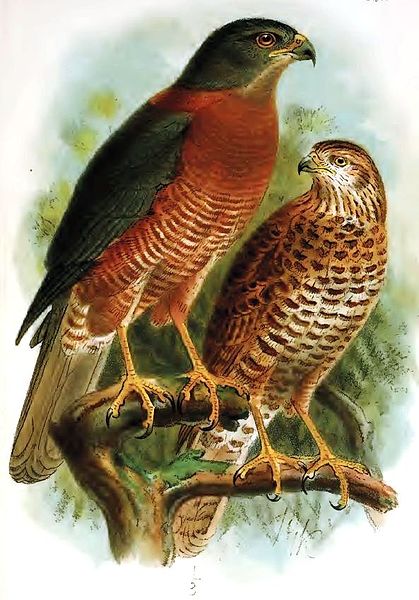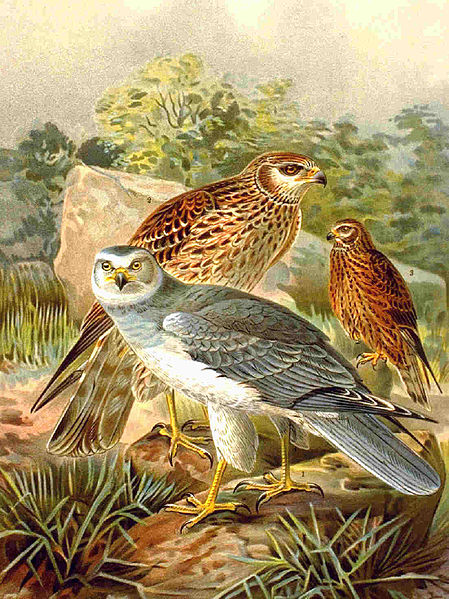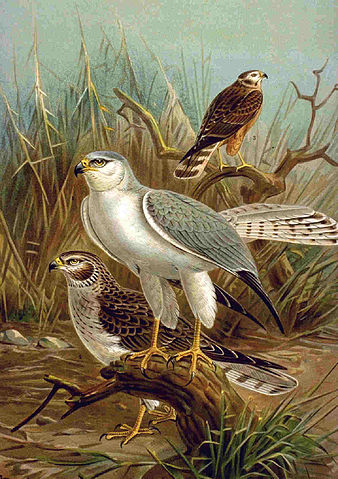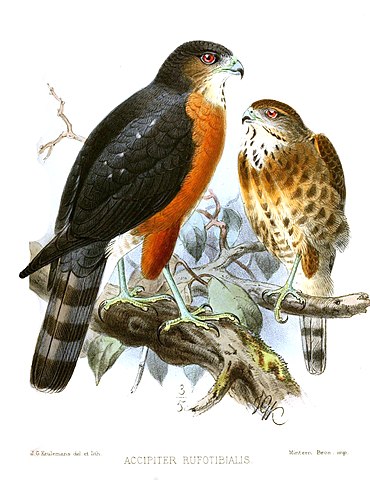
Thailand is rich with almost 1000 bird species, of which fifty are threatened all over the world. Almost 200 species of water and forest birds are endangered due to the destruction of forests and wetlands in the Kingdom, so it is always good to appreciate natural beauties before they disappear. This is one of the themes of H is for Hawk, a new book about birds in the Thammasat University Libraries collection:
H is for Hawk is by Helen Macdonald, a historian, illustrator and naturalist from Cambridge, England. Since she was a girl, Macdonald has been fascinated by birds of prey and she even trained as a falconer, someone who handles birds used for hunting other animals. She has worked to preserve nature in Asia and Europe, and after a death in her family, she decided to buy and train a bird of prey. She paid £800 GBP (almost 40,000 baht) in Scotland for a goshawk, named it Mabel, and explains: “To train a hawk you must watch it like a hawk, and so you come to understand its moods. Then you gain the ability to predict what it will do next. This is the sixth sense of the practised animal trainer . . . You seem to feel what it feels.”
Macdonald was also inspired by a book by the well-known British author T. H. White, The Goshawk, which is not in the TU Libraries collection, although it can be obtained by interlibrary loan. In this book, White explains the difficulties he experienced when he tried to train a goshawk. White is famous for having written The Once and Future King, later made into the musical play and film Camelot. The TU Libraries own a copy of The Once and Future King.

Why look at hawks?
In a 2014 interview, Macdonald stated that “we see hawks mostly as symbols of wildness, ferocity and rarity. That obscures their living reality. They’re not that remote or hard to read –they’re simply unfamiliar. To fix this all you need to do is watch them very closely for extended periods of time…That’s the secret to understanding any animal’s behavior: sitting and watching with an open mind. I’d love it if my book helped people to see hawks as complicated, loveable, fascinating animals, not just distant manifestations of human concepts.” The TU Libraries own a wide range of well-illustrated books about birds, for students and ajarns who may enjoy examining them in a natural setting.

Discovering raptors in Thailand.
You probably will not have the time to become as close to birds as Macdonald did. She writes: “Eventually you don’t see the hawk’s body language at all. You seem to feel what it feels.” Happily, there are bird lovers in Thailand who spend a lot of time and energy on the subject, and some of them have joined the Asian Raptor Research and Conservation Network. Other website and Facebook links gather people in the Kingdom who are intrigued by raptors.

Over fifteen years ago, Chukiat Nualsri, a government official in Chumphon Province, started counting birds of prey in Thailand. In doing so, he discovered a migration path of world importance. Although he could not afford to buy powerful binoculars that would have made the search easier, Chukiat eventually understood that he was watching eagles, hawks, falcons, and other birds of prey migrate through Thailand from other Asian countries. He helped to identify birds of prey at Khao Dinso in Chumphon. In addition, many different kinds of hawks may be seen at Radar Hill located at Prachuab Khiri Khan, considered as the best place to observe birds of preys migrating through Thailand from September through November. Chukiat and his team built bamboo shelters to protect birdwatchers from the weather. In one year, they identified more than 50,000 raptors of 15 species migrating north through eastern Thailand. Some originate from the forests of northern China and eastern Russia, while others travel eastwards from Nepal to southern China. Others travel southwest from Japan through Thailand and Malaysia to Indonesia, before arriving at the Philippines in late November, having covered over 7,000 miles. Still others migrate southward from Japan and Taiwan to the Philippines, Borneo and Indonesia. The Thai Tourism Authority, aware of the attraction that these sights have for bird lovers, issued a bulletin this year to encourage participation in this annual event:
A boost in tourism.
Eco-tourism is increasingly important around the world, and Chukiat and a small group of volunteers managed to convince local officials that the migration is a “gift from Buddha to all Thai people to enjoy, study and protect.”

(all images courtesy of Wikimedia Commons).
